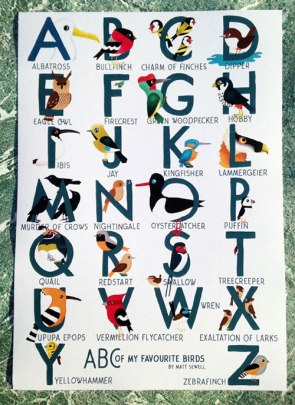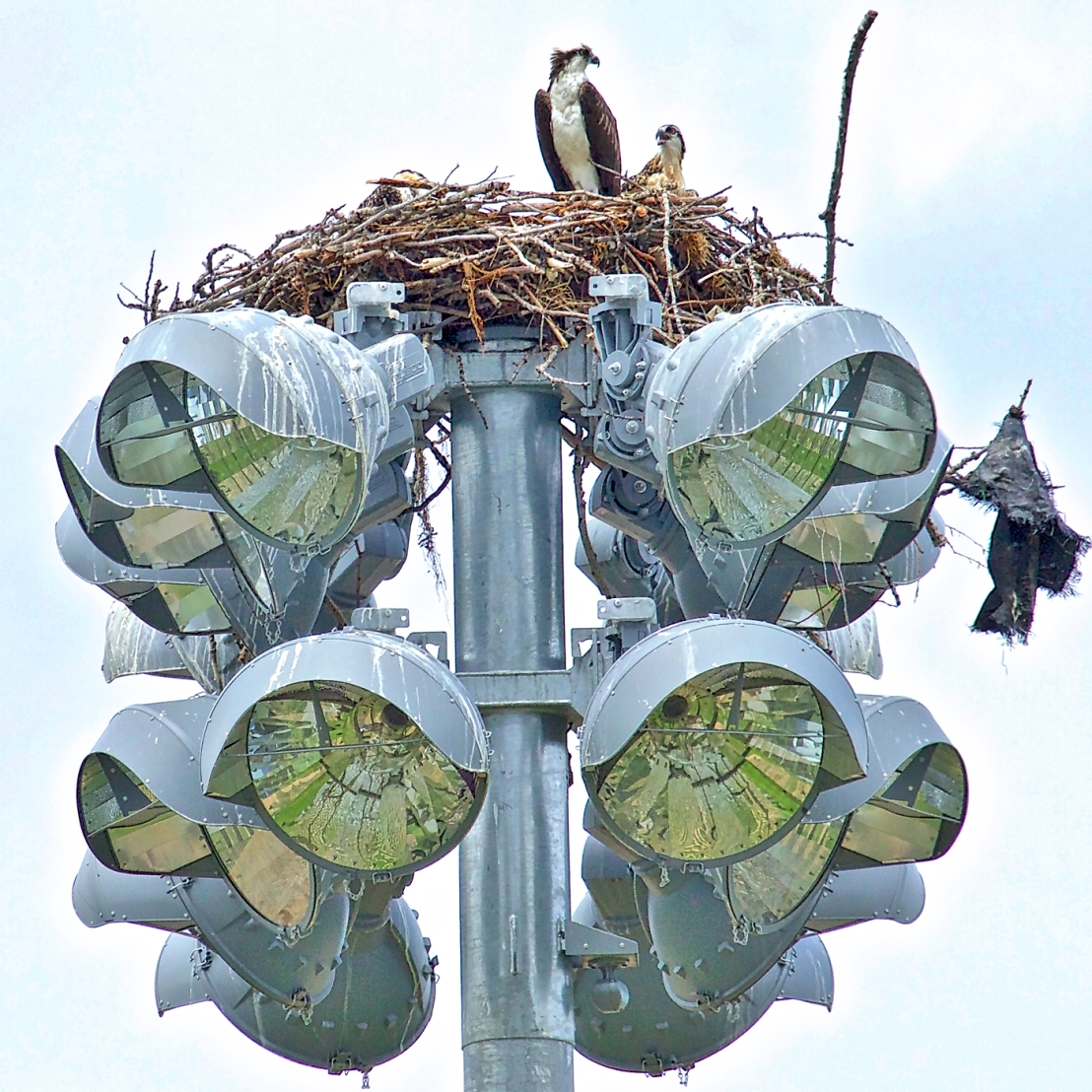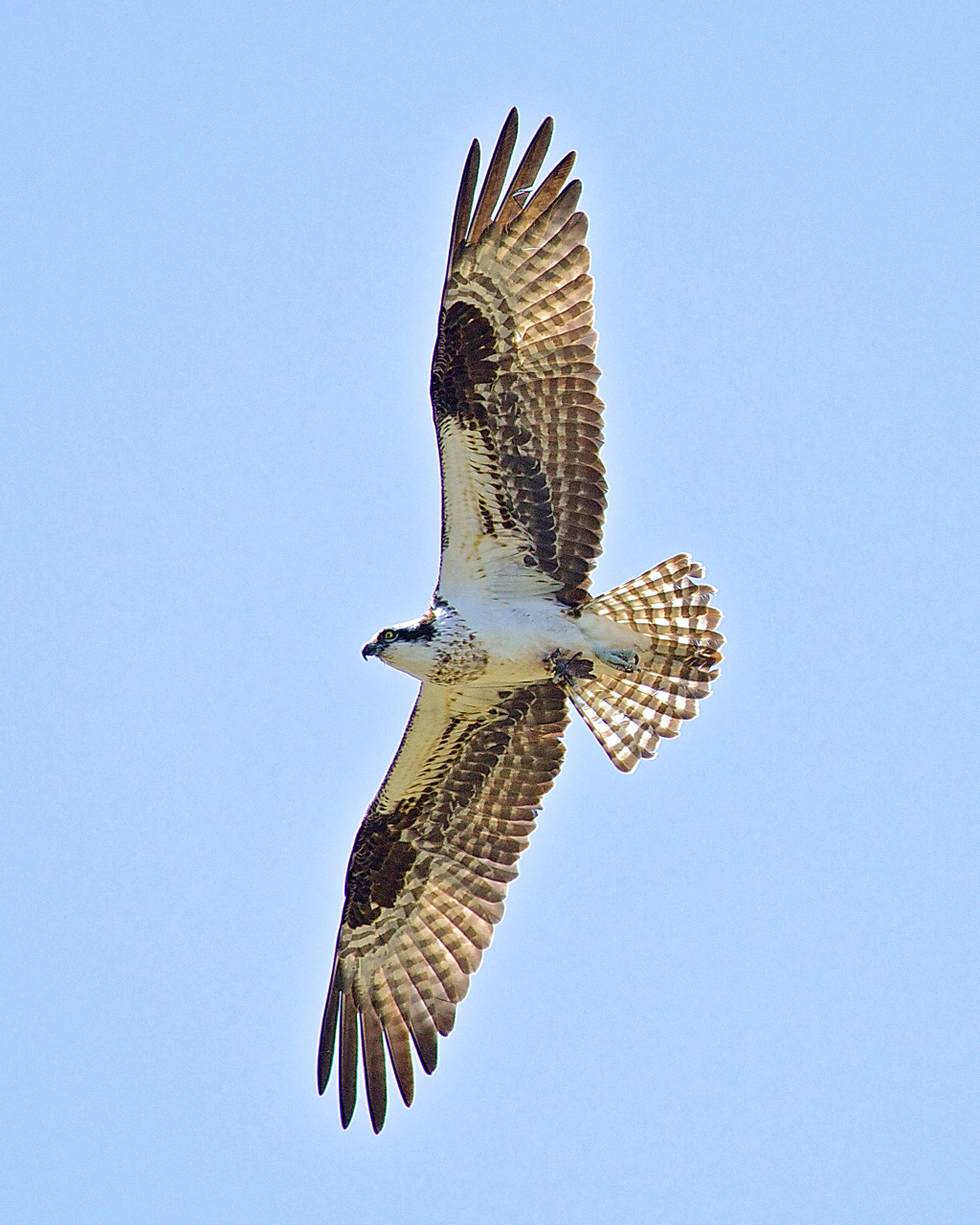 People sometimes ask me, “What’s your favourite bird?” Sounds like a simple enough question. Makes me wonder, though, why we ask each other about favourites—birds, food, movie or musical genre, places, people, games, forms of exercise, you name it.
People sometimes ask me, “What’s your favourite bird?” Sounds like a simple enough question. Makes me wonder, though, why we ask each other about favourites—birds, food, movie or musical genre, places, people, games, forms of exercise, you name it.
Maybe we’re hoping to learn something, perhaps about a category we don’t know all that well, or even about the person we’re asking. Anyway, we ask.
Like many of the folks I question, I usually require more clarification before answering. Do you mean “of all time,” “anywhere in the world, or locally,” including “those I may have seen or heard only once,” or are you asking about “ones that I encounter regularly,” those that I find most “colourful,” “curious,” “surprising,” or “powerful,” or some other endearing or otherwise outstanding quality?
“Look,” they reply. “What first comes to mind when you’re asked this question? Surely that’s your favourite!”
Truth be told (and it should almost always, should it not?), I don’t think I think that way most of the time, and even when, for a moment, I’m wildly enthusiastic about some particular “thing,” something else inevitably pops up to distract me. Of course, I do acknowledge favourites within categories, but my focus of categories is constantly shifting. Tomorrow’s choice could be different from today’s.
 That said, with regard to birds, for me, “favourite” should apply to birds that I regularly, over the course of a season or a year, have a chance to encounter, am likely to feel excited about seeing and/or hearing, and, probably, have some kind of history with (“most impressive” might yield different results from “favourite”). Birds that have sat in my hand, voluntarily, or even permitted me to get very close, either out of some sense of trust or merely a lack of fear are likely to top my list. The more I’m out in nature, the more I have intimate encounters with its denizens. Now that photographing birds is such a big part of my life, interaction has become increasingly satisfying and an objective to pursue.
That said, with regard to birds, for me, “favourite” should apply to birds that I regularly, over the course of a season or a year, have a chance to encounter, am likely to feel excited about seeing and/or hearing, and, probably, have some kind of history with (“most impressive” might yield different results from “favourite”). Birds that have sat in my hand, voluntarily, or even permitted me to get very close, either out of some sense of trust or merely a lack of fear are likely to top my list. The more I’m out in nature, the more I have intimate encounters with its denizens. Now that photographing birds is such a big part of my life, interaction has become increasingly satisfying and an objective to pursue.
So, to get on with answering the question, I’m going to focus on birds in the past year with which I’ve had close encounters, and I’ll separate them into four groups: small songbirds, bossy birds, waterfowl and other birds that live off the water, and raptors. And to make it easier for myself, I’ll start with the last group.
 In Kelowna, the main raptors include two species of eagles, a couple of hawks, falcons, owls, and, finally, Ospreys (which, of course, are also included among birds that live off the water). Yes, an Osprey is a hawk, but it’s unique, yet distributed world wide (except in Antarctica); I have vivid memories of a pair hunting spectacularly, diving repeatedly, over the Teshio River in Northwestern Hokkaido, as well as many I’ve observed in various parts of western Canada. The Okanagan Valley offers wonderful access to these birds. A great spot where several Osprey nests can be found within sight of each other is the estuary of the Osoyoos River near the BC—US border, about an hour and a half south of our home. The image below shows a parent, likely the male on the left, and a juvenile still in the nest on a platform erected specifically for Ospreys. Apparently they love the bale twine from the nearby hayfields!
In Kelowna, the main raptors include two species of eagles, a couple of hawks, falcons, owls, and, finally, Ospreys (which, of course, are also included among birds that live off the water). Yes, an Osprey is a hawk, but it’s unique, yet distributed world wide (except in Antarctica); I have vivid memories of a pair hunting spectacularly, diving repeatedly, over the Teshio River in Northwestern Hokkaido, as well as many I’ve observed in various parts of western Canada. The Okanagan Valley offers wonderful access to these birds. A great spot where several Osprey nests can be found within sight of each other is the estuary of the Osoyoos River near the BC—US border, about an hour and a half south of our home. The image below shows a parent, likely the male on the left, and a juvenile still in the nest on a platform erected specifically for Ospreys. Apparently they love the bale twine from the nearby hayfields!

In the Kelowna area, we are also blessed with many Ospreys that have long staked out particular habitats for themselves and are well observed by people who may only know one particular location well. (I must add, that, unfortunately, in my experience, many people think they’re eagles, and others often mistake other hawks for Ospreys. I’m doing what I can to help those I encounter become better informed.)
My favourite Osprey family annually nests at the top of one of the great lights above the Mission Recreation Field, which I can see from home and hike to in a very few minutes. In our first year here (just ending this month), I had the privilege to watch the parent birds successfully raise two offspring that I was able to study at fairly close range. While I’ve had many wonderful close encounters with several other birds from the categories listed in the previous paragraph, those I had in mid summer 2015 with the newly fledged Ospreys rank extremely high in my memory, and I will write about those encounters separately.

This post, then, is a celebration of the Osprey, aka the fishhawk, river hawk, fish eagle, and sea hawk. What follows are several photos taken in various places at various times over the past year and a half of this amazing predator.
In spring 2014, I got my first set of an Osprey diving, at Iona Beach, just north of Vancouver International Airport, in Richmond, BC. To enlarge them click on photos in groups.
To close the enlargements, click the small x in the top left corner of the image.
A well-known British website, listing “21 Facts about Ospreys” presents this as #1:
“…the osprey lives on fish that it catches by snatching them in a shallow dive from the surface of the water.” 21 Facts about Ospreys
In my experience, Ospreys, as eagles do, in some places, will strike from a low angle, but far more impressive are Osprey predations where, after hovering into the wind, the hunter drops almost straight down on top of its prey with a great splash, driving its talons into the fish and nearly submerging before lifting off, often with great difficulty, with a prize that seems too large to carry. It’s an amazing sight—guaranteed to take your mind off the game when you’re on a golf course beside a lake that affords you a ringside seat as I used to have years ago in the Cariboo….

While I knew about Ospreys in the Okanagan long before we moved here, my most significant encounter with one up to that time happened in September 2014, early in the period when we were preparing to move here from The Coast. As my wife and I walked west along Mission Creek Greenway to where it intersects with Lakeshore Drive, we suddenly spotted, atop a hydro pole not far in front of us, a recently fledged juvenile preparing to dine on a Kokanee spawner it had just snagged from the creek. Within the year, I came to realize that this is a regular phenomenon to watch for in late summer/early autumn. I don’t think I’ll ever tire of watching these great fishers perform!
Seeing an Osprey soaring is especially moving as I hope the next three photos of different female birds indicate. According to the Cornell Lab of Ornithology, an adult female is characterized by a “distinctive facial pattern with bold black stripe through eye, sharply hooked black bill, glowing yellow eye, and [a] dark necklace across [her] white breast.”

Juvenile birds like the one below have an orange eye, and pale scaling on the back and wings that fades to dark as they age. 
As mentioned earlier, I’ll prepare a special on the young Ospreys of the summer of 2015 that I enjoyed so much. Here’s a look at the one I dubbed Railbird; for more on this exciting experience, click this link….
For more on Ospreys, here’s a link to their Wikipedia entry: Osprey, Wikipedia






















